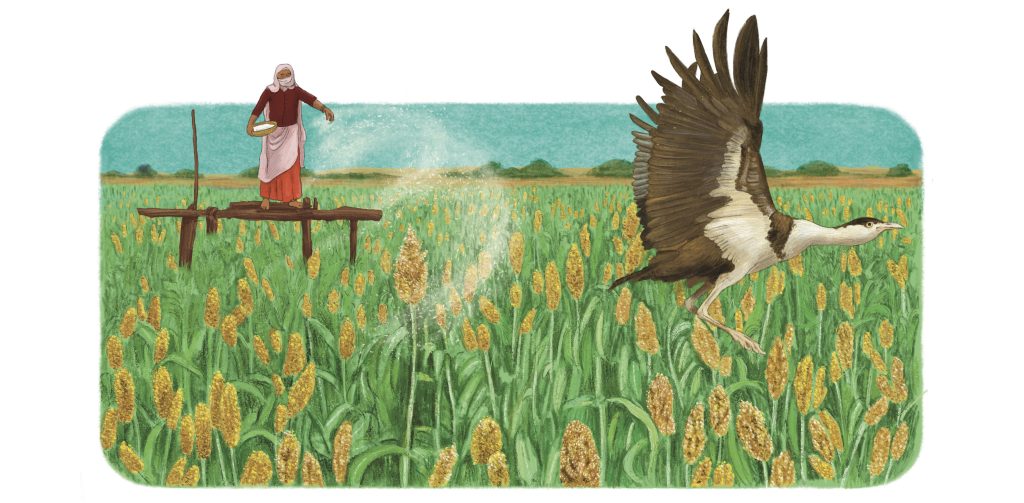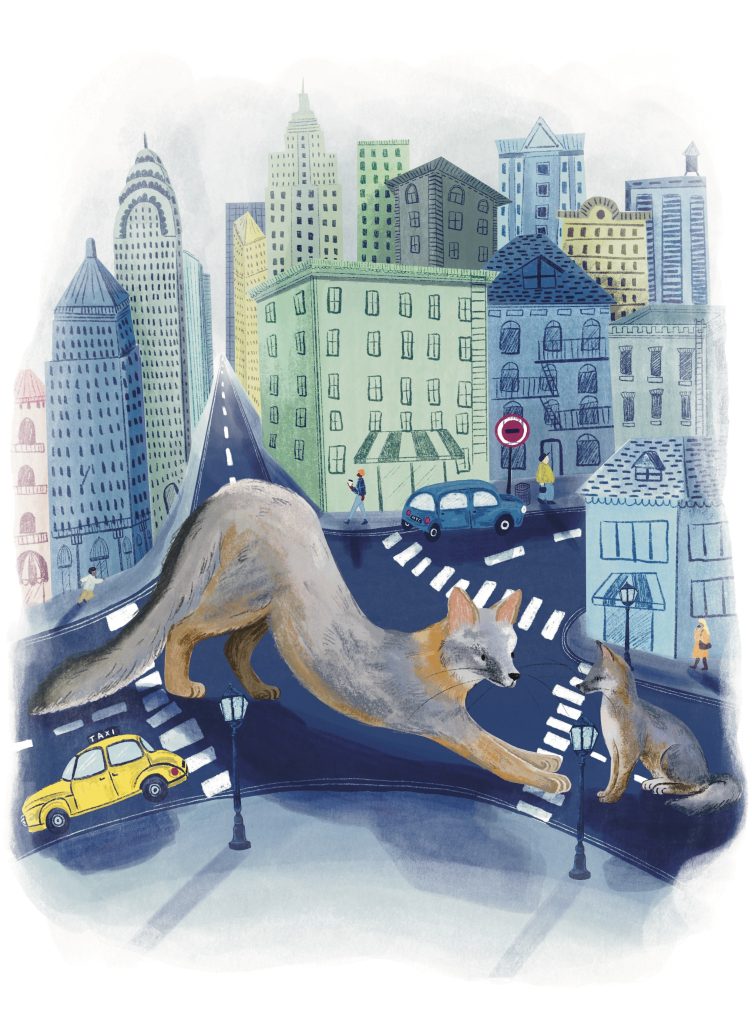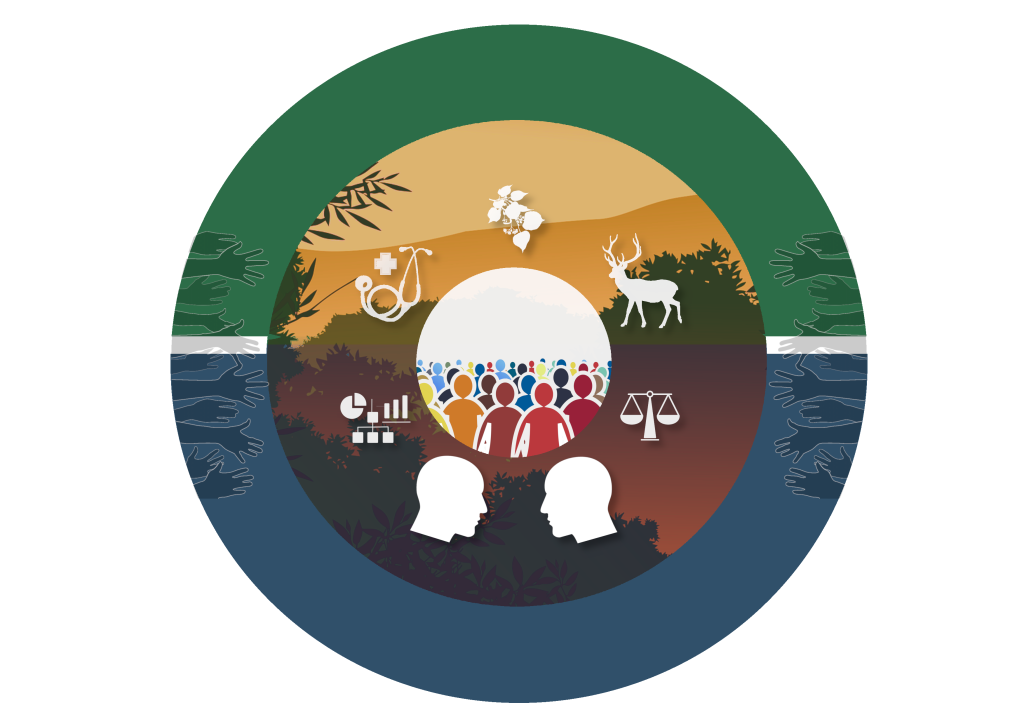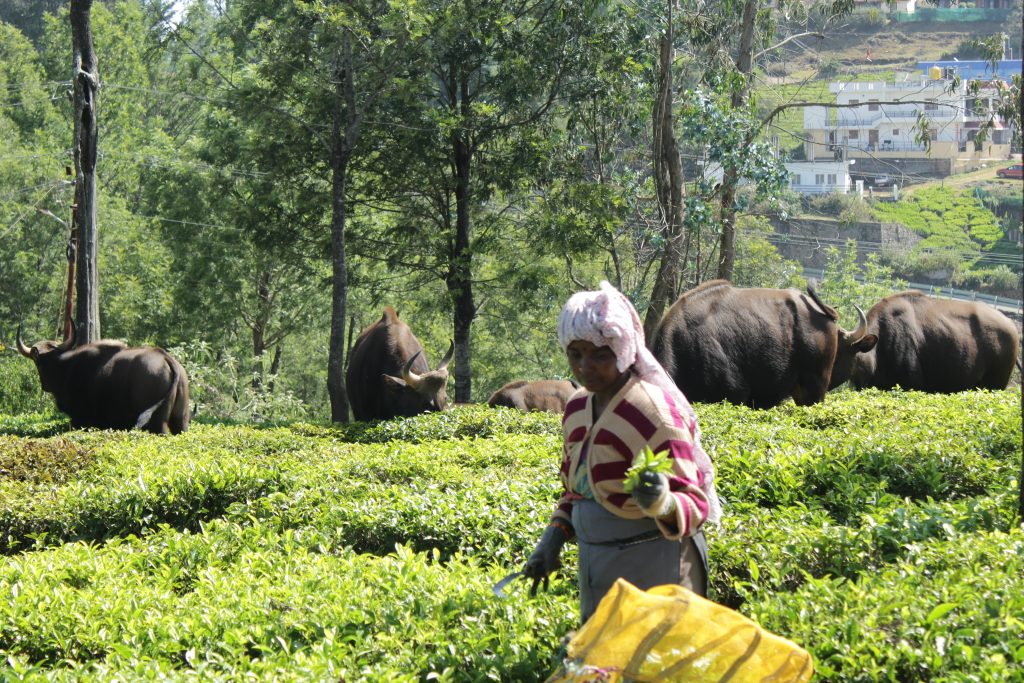Contemporary science, with established evidence, suggests that Earth is undergoing a warming scenario (also popularly known as climate change). The narrative is that different ecoregions of our planet will witness an average rise in temperature ranging from 0.5°–2.5°C. A reasonable mind could question how we can predict this change with such accuracy? For a planet which is over four billion years old, we only have climate data for the last 100 years. Plants play a crucial role in recording environmental change because they are constantly responding to temperature, light, rainfall, frost, snow, etc. Flowering, fruiting and growth in plants are a direct response to climate conditions. What if plants were recording these changes and how could we then decipher them? There would be the answer to getting information about the climate beyond 100 years.
During the course of my research in the Arctic I began to understand how plants record environmental change and in many cases how they actively drive the change. Over the last four decades, trees from temperate regions have been extensively used to reconstruct past climate, and tree rings have proven to be a reliable proxy to trace environmental changes. This science of using tree rings to decipher environmental changes is known dendrochronology / dendroecology. Tree growth is very sensitive to conducive as well as stressful environmental parameters. Tree rings have been used to reconstruct past eco-climatic factors, such as temperature, precipitation, snowfall, and humidity. Reconstruction of past environmental factors is crucial for predictive modelling and is only possible with the help of environmental proxies like ice cores, peat cores, pollen records, and tree rings. Moreover, trees also respond to landscape-level events, such as forest fires, landslides, and glacial melts. This sensitivity is translated to annual growth which is then rigorously modelled to reconstruct landscape-level changes. Fossilised trees have been especially instrumental in reconstructing environmental conditions for a timespan that can go upto to a few millennia. A major source of proxy data that the IPCC (Intergovernmental Panel for Climate Change) uses to predict future trajectories of climate warming is also based on models developed from dendrochronological data.
Traditionally, only tree rings were used as a growth proxy to model environmental data but contemporary research also uses various plant traits, such as crown area, leaf surface area, stem height, leaf nitrogen, and carbon matter content to trace environmental changes in the Arctic. In recent years, wood anatomy—a developing branch of dendrochronology—has made reconstructing the entomological past possible. Combined approaches of wood anatomy and dendro-climatology have made it possible to detect insect and pathogen outbreaks from the past.
A key part of my research is focused on studying the traits of Arctic shrubs, to understand their association with changing temperatures in the Arctic and subarctic regions. Over the last decade of research, we have been able to infer that plant traits not only closely respond to climate, but are also instrumental in deciding which species can be successful in rapidly changing environments. We also discovered that trees and shrubs are not as stationary as we believe they are. Plants do migrate—maybe not as fast as animals, but with the fast-changing eco-climatic conditions in the Arctic and alpine regions, we realised that there is, indeed, movement and migration in vegetation. Plants have pushed their distribution margins. For example, treelines 1 have shifted altitudinally to greater heights in many alpine regions of Europe and Scandinavia. Similarly, shrublines 2 have shifted to higher altitudes as well and have shifted latitudinally further north over the past six decades. How does this matter and what are the consequences of this migration? In the Arctic and the subarctic regions, where permafrost, snow and the ice sheets were the dominant features of the landscape, vegetation is slowly taking over. Snow-clad glaciers provide immense white surfaces which refract and reflect incoming solar radiation back to space. This keeps the Arctic and, subsequently, the other ecosystems in a certain radiation-based equilibrium by pushing the heat back out through the climatic channels.
Due to increasing vegetation (via shifting shrublines and treelines), massive glaciers are now being decimated. Shrubs and shruboid tree-forms (for example, Juniperus communis) are the first to colonise the environment, causing the loosening of the permafrost. This increases the water availability and nutrient mobility in the environment, thus paving the way for trees to follow. This northward migration of shrubs and trees is causing the greening of the Arctic. White snow surfaces are being replaced with a green cover of herbs, shrubs, and trees. This greening entraps more solar radiation in the environment (as green and brown are darker surfaces than white), which further degrades permafrost over time. This positive feedback mechanism is causing the greening and subsequent warming of the Arctic. Degraded permafrost also releases methane and methane-hydrates, which cause forest fires—something which has become evident in recent years.
In summary, trees, which act as a carbon sink in the tropics, instead function as an instrument of warming in the Arctic. This helps us understand the significance of the environmental context. Sandwiched between the atmosphere and the lithosphere, the biosphere is a very fragile and volatile chutney that supports life. Plants as individuals, with their individual components (cells, branches, leaf covers, stems), and community as a whole, are critical for the survival of an ecosystem. Not only are they a bridge between the lithosphere and atmosphere, they also record enormous amounts of environmental information within themselves which we are only now beginning to decipher.
1 Treelines are altitudinal and latitudinal margins beyond which trees cannot grow.
2 Shrublines are altitudinal and latitudinal margins beyond which shrubs cannot grow.
Further Reading
Shetti, R., M. Smiljanic, A. Buras and M. Wilmking. 2018. Climate sensitivity is affected by growth differentiation along the length of Juniperus communis L. shrub stems in the Ural Mountains. Dendrochronologia 49: 29–35. https://doi.org/10.1016/j.dendro.2018.02.006.
Bjorkmann, A. D., I. H. Mayers-Smith, S. Elmendorf, S. Normand, H. Thomas, A. Alexander, A. AnadonRossell et al. 2018. Plant functional trait change across a warming tundra biome. Nature 562: 57–62.https://www.nature.com/articles/s41586-018-0563-7.
Thomas, H. J. D., A. D. Bjorkman, I. H. Myers-Smith. et al. 2020. Global plant trait relationships extend to the climatic extremes of the tundra biome. Nature Communications 11:1351. https://doi.org/10.1038/s41467-020-15014-4.
Pellizzari, E., J. Camarero, E. Gazol Granda, R. Shetti, M. Wilmking, P. Moiseev, M. Pividori et al. 2017. Diverging shrub and tree growth from the Polar to the Mediterranean biomes across European continent.Global Change Biology 23(8): 3169–3180. https://doi.org/10.1111/gcb.13577.






